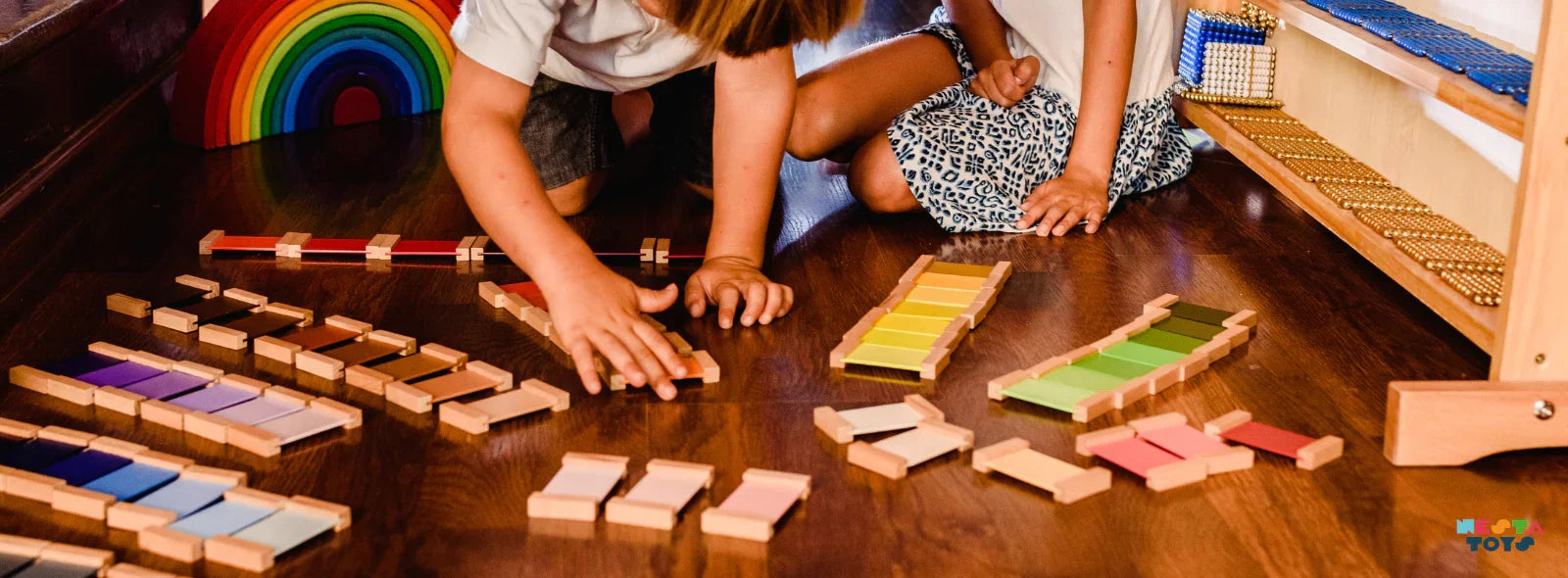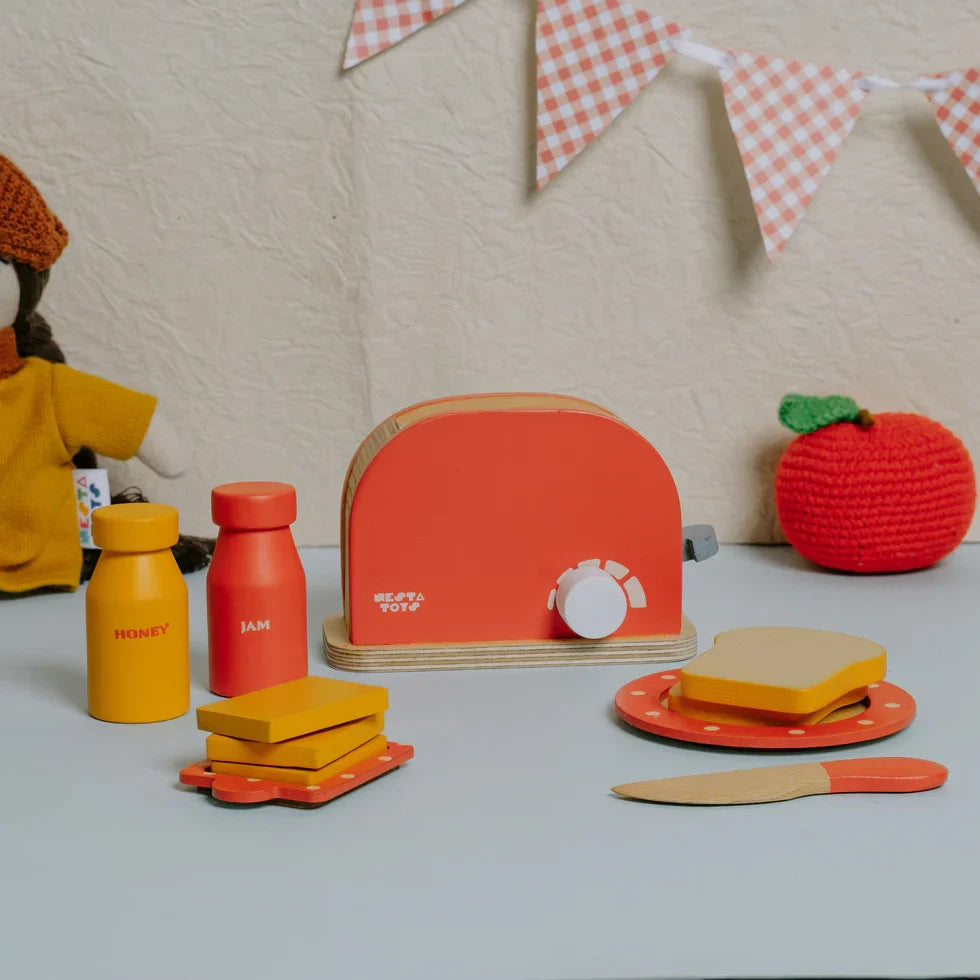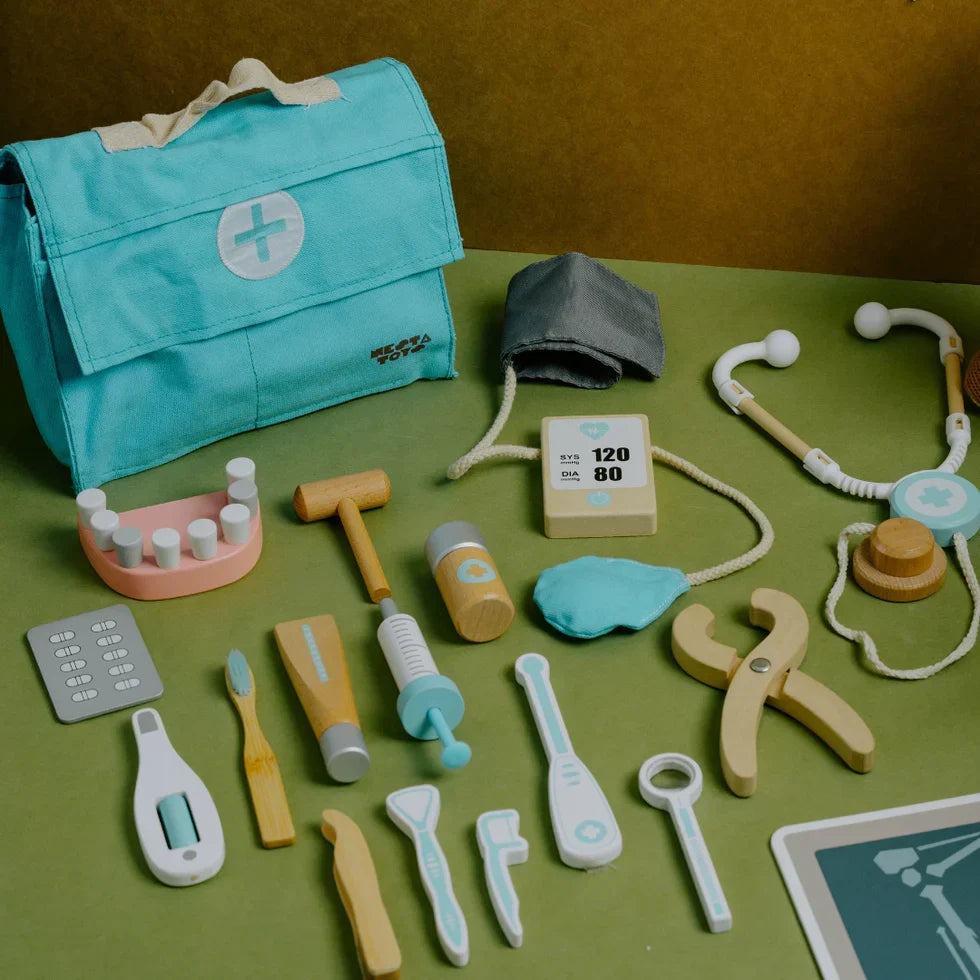Deciding between preschool education and daycare is one of the most crucial choices parents face during their child’s early years. Both options offer essential care and developmental benefits, yet they serve distinct purposes and address different needs.
Although both preschool and daycare focus on early education, they have key differences. Let’s explore the main distinctions to help you decide the best option for your child.
What is a Preschool?
A Preschool is an educational institution for young children between three and five. Here, children are prepared for formal schooling by developing foundational skills through exploration, play, and various activities.
Preschools can be run privately or publicly and typically follow a pre-kindergarten curriculum. The primary goal of preschool is to help children become familiar with the concept of school at an early age.
What is a Daycare?
A Daycare is a facility that provides supervised childcare and activities. The kids at daycare facilities are mostly infants to preschool age. The primary purpose of a daycare facility is to ensure your child's safety while you're at work. An added benefit of daycare is that it also provides playtime and social opportunities for your child.
A daycare is a great option for working parents of infants who do not have anyone else to take care of their child for the entire day while they are away.
Preschools vs Daycares: What’s the Difference?
The main difference between these two childcare facilities is that a preschool is meant to prepare your child for formal schooling. Think of it as a foundational school that follows a curriculum designed to enhance your child’s social and cognitive development.
In contrast, daycare focuses primarily on play and care. While there is no formal curriculum, daycare centers often organize activities that promote the development of your child's social skills.
Let’s delve deeper into the main differences between the two:
1. Age Group - The main difference between preschools and daycares is the age group.
- Preschools: Preschools typically accept children aged two to six, with those older than six usually moving up to kindergarten.
- Daycares: While daycares have varying groups of kids in the facility. They range from infants to six-year-olds.
2. Timing Flexibility
- Preschools: A preschool has a fixed schedule to prepare your child for the formal educational setting. The hours are not flexible, however, there are breaks and holidays for both students and educators just like how formal schools have.
- Daycares: A daycare has a more flexible schedule where some offer options between part-time and full-time.
3. Location
- Preschool: The difference in location and settings between a preschool and daycare only lies based on centres. Some preschools are public while some are private. The area will be based on the funding a preschool has.
- Daycares: When you look for a daycare, make sure to look for supreme security. Analyse the locality of the centre, ensure there’s a security service at the gate, and the daycare facility is in a gated building.
4. Curriculum
- Preschools: A preschool follows a structured curriculum that is designed for a specific age group. As preschools aim to prepare children for formal education, they follow a structured routine that teaches essential skills, including fine motor skills and gross motor skills.
- Daycares: On the other hand, daycares do not follow a set curriculum. The focus in daycare is primarily on play-based activities. While they may include educational activities to keep children engaged, the approach is less formal compared to preschools.
5. Services
- Preschools: They offer services that are catered towards preparing your child for the formal school setting. This encompasses early childhood education, social skill development, creative activities, communication growth, parental involvement, and much more.
- Daycares: While daycares are focused on providing routine care services like meals, toilet training, collaborative activities for social interaction, nap time, and more.
6. Socialisation - While both preschools and daycares are great for your kids to evolve their socialisation skills, they both cater to different age groups of interaction.
- Preschools: In preschools, your child will interact with other children of the same age, which helps them develop collaboration skills and learn how to communicate effectively with their peers.
- Daycares: In daycares, children interact with mixed-age groups, which is also valuable for developing communication skills as they learn to engage with both older and younger peers.
Which One to Choose - Preschool vs Daycare?
While both serve different purposes, today, even daycares run preschool programs and even preschools offer daycare facilities. Ultimately, choosing the right option for your child depends on your goals. Are you seeking an educational setting that prepares your child for formal schooling, or are you simply looking for a childcare facility where your child can play, learn, and safely spend the day while you're at work?
Also, Consider the following Factors before Choosing a Preschool:
- Curriculum: Make sure the preschool offers a structured, age-appropriate curriculum that supports your child's cognitive, social, and emotional development.
- Operational Hours: Check if the preschool’s hours align with your schedule and provide flexibility if needed.
- Costs: Consider the tuition fees and additional expenses to ensure the preschool fits within your budget.
- Age Range: Check the age group the preschool serves and ensure it aligns with your child's developmental stage.
- Teacher’s Qualifications: Look for well-trained and certified educators who have experience in early childhood education.
- Parental Communication: Ensure the preschool maintains regular updates and open communication about your child’s progress.
- Class Size: Smaller class sizes often result in more individualized attention, creating a better learning environment for children.
- Teacher-to-Student Ratio: A low teacher-to-student ratio ensures that your child receives adequate care and guidance.
- Security and Safety: Ensure the preschool has strict safety protocols, secure facilities, and trained staff to manage emergencies effectively.








